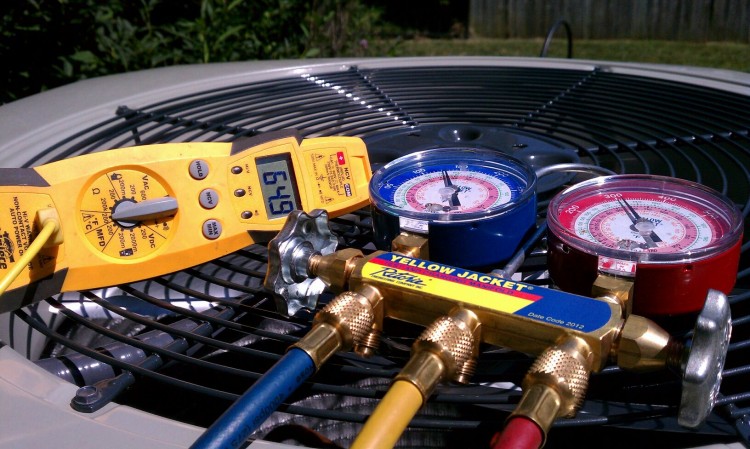When you buy a home you do want to be sure that the HVAC (heating, ventilation and air-conditioning) system works properly. That is because when this is not the case you can easily end up faced with huge repair costs and lower home temperature efficiency. Buying something that does not work well will automatically make the investment really bad.
The good news is that you can easily get a home inspection done, one that includes checking the HVAC system. In most cases you really want to hire professionals like AccuServ Heating that would take care of everything for you. However, in some cases you do want to take care of the inspection alone. Also, it is important that you understand how a check should actually be done so that you can be sure the heating specialist actually offers something that would add value.
Steps To Inspect HVAC Systems
The first thing you want to do is to check thermostats and the functions to be sure that operation is correct. Cooling and heating systems need to actually turn off when reaching preset temperatures. Circuit breakers for the air conditioners and furnaces should then be turned off. You normally find this in the home’s electrical service panel. Both the AC unit and the furnace need to be off while you perform an HVAC inspection to parts that may be affected.
During the inspection you have to check for potentially loose electrical connections. After, you want to listen for potential noises or squeaks. If they appear, you have to manually inspect all the moving parts. Look for the condensation drain and be sure there are no clogs present. HVAC systems will have condensation building up. All the water should properly drain. A failure for this to happen will lead towards having rust appearing on the internal parts. A clogged condensate drain will also lead to the appearance of mold and bacteria inside homes.
After you are done with what was mentioned, it is time to remove the air filter. Based on model, you want to replace it or clean it. HVAC efficiency remains high when these are cleaned or replaced every 3 months.
DO be sure that you check gas fittings for potential gas leaks when the home utilizes gas. Heat exchangers and burners should be inspected for deterioration, discoloration and cracks. Then, look at the system and check for debris or dirt. Debris buildups will always affect HVAC system efficiency. Small portable vacuums can easily be utilized in order to remove dust buildups.
Last but not least, be sure to analyze the coils of the AC unit for dust or debris accumulation. Coils need to also be vacuumed in order to improve system efficiency. After the inspection is complete, turn circuit breakers and then see if the repairs did had the desired impact.
Conclusions
In order to perform a great HVAC system inspection you basically need just the user manual and a vacuum. However, if serious problems are noticed, professionals will be necessary. Never do anything more complicated than cleaning without the input of specialists.




